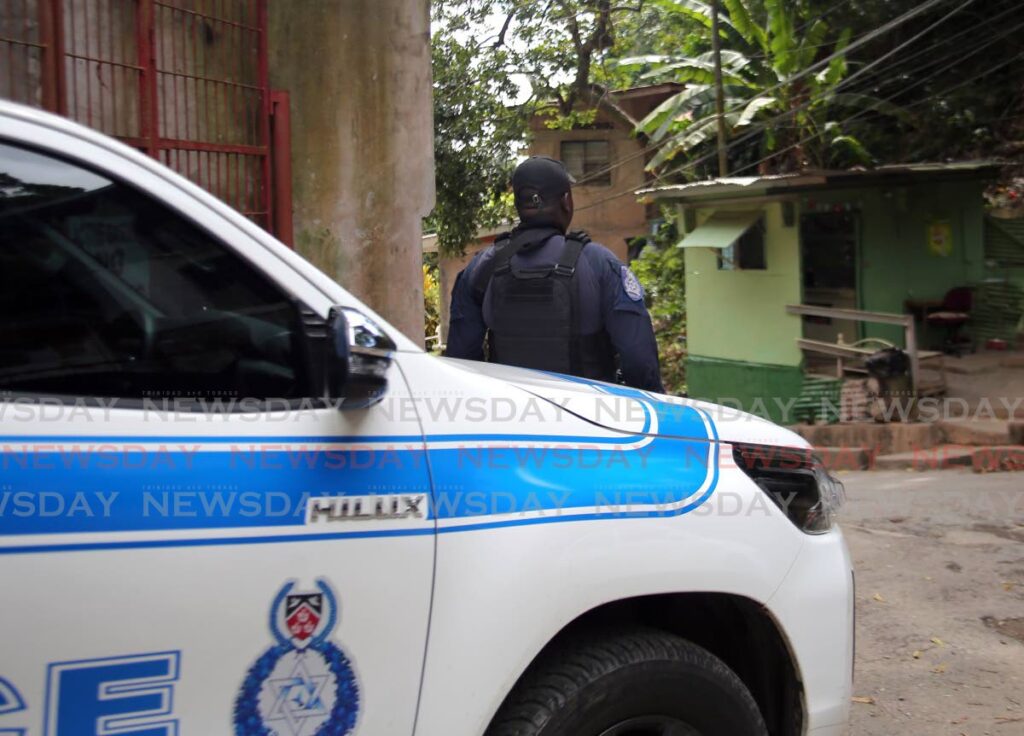Comparing crime, a tale of two cities

THE EDITOR: The city of Calgary, Alberta, Canada is approximately 6,563 kilometres from TT.
Calgary is the largest city in the western Canadian province of Alberta and as of 2021, had a metropolitan population of 1,481,806, making it the third-largest city and fifth-largest metropolitan area in Canada. Calgary’s crude oil production is a significant driver of local and regional economic growth. Clearly, the similarities between Calgary and TT is self-evident along these two isolated metrics.
What is interesting, however, is that by December 2022 there were 26 homicides in Calgary of which firearms were the cause of half of them. Interestingly, Calgary police had a solve rate of 73 per cent. In total, 19 of the year’s homicides have been cleared with charges. Yet a majority of Calgarians say they feel less safe in their city than they did three years ago, but experts say the city isn’t less safe than it was in previous years. The Commissioner of Police held a press conference in March when the homicide rate crossed 12 for the year stating that it was of deep concern to the city. In TT, 12 murders in a weekend go without comment from the police as it is business as usual.
Juxtapose these glaring statistics against that of TT with a population of 1.3 million, and an oil and gas economy but in 2022 there were more than 600 homicides recorded, making 2022 the country’s deadliest year ever. Equally concerning is the detection rate was only 18 per cent.
The national media have already drawn comparisons between TT with other countries such as Jamaica, Ecuador, and other countries. The go-to response to these clearly unacceptable statistics is that the government is to blame. The finger-pointing between government failures and the opposition’s lack of support for crime-fighting legislation or criminal encouragement remains constant despite who forms the government or opposition at any given time.
Is the crime problem really to be blamed solely on the politician? It is not a Keith Rowley or Kamla Persad-Bissessar who is lurking in the shadows to rob or murder citizens. This is not to say that the government and opposition do not have an instrumental role in treating with crime in the country, but it is within the context of their spheres of control respectively.
The TT police, however, must face the uncontested fact that their failure to detect is an indictment on their competency and capacity to perform a task for which they are being paid. Even so, the police alone cannot be blamed for the crime of the citizens of TT. Even so, the sworn members of the Calgary police service are only 2,200 and there are only eight stations excluding the police headquarters. TT has 6,500 police officers with 84 police stations. So with almost triple the police force and ten times more stations, the TTPS fails to achieve a reduction in crime.
Former prime minister Basdeo Panday once declared that the government cannot put a policeman under every light pole and years later Prime Minister Rowley called on people to stop protecting and covering up for their relatives who are criminals, particularly murderers. Both prime ministers, separated by years apart, were forced to address the same underlying factor of crime in TT that it is a societal issue which government/opposition and police alone cannot fight. The population must develop a sense of civic responsibility and do not themselves participate in low infractions of the law simply because it will not be detected.
The Calgary police boast that they have a very engaged community and when the population sees news conferences, the police get an outpouring of phone calls, responses, and tips from Calgarians helping lead and solve other crimes. Those calls, full stop, help solve crimes. How actively engaged are the citizens of TT in reducing crime in their own country or do they all simply say it’s a problem for the government and police to solve and have no sense of civic responsibility in the process of controlling crime?
Devant Maharaj
via e-mail


Comments
"Comparing crime, a tale of two cities"